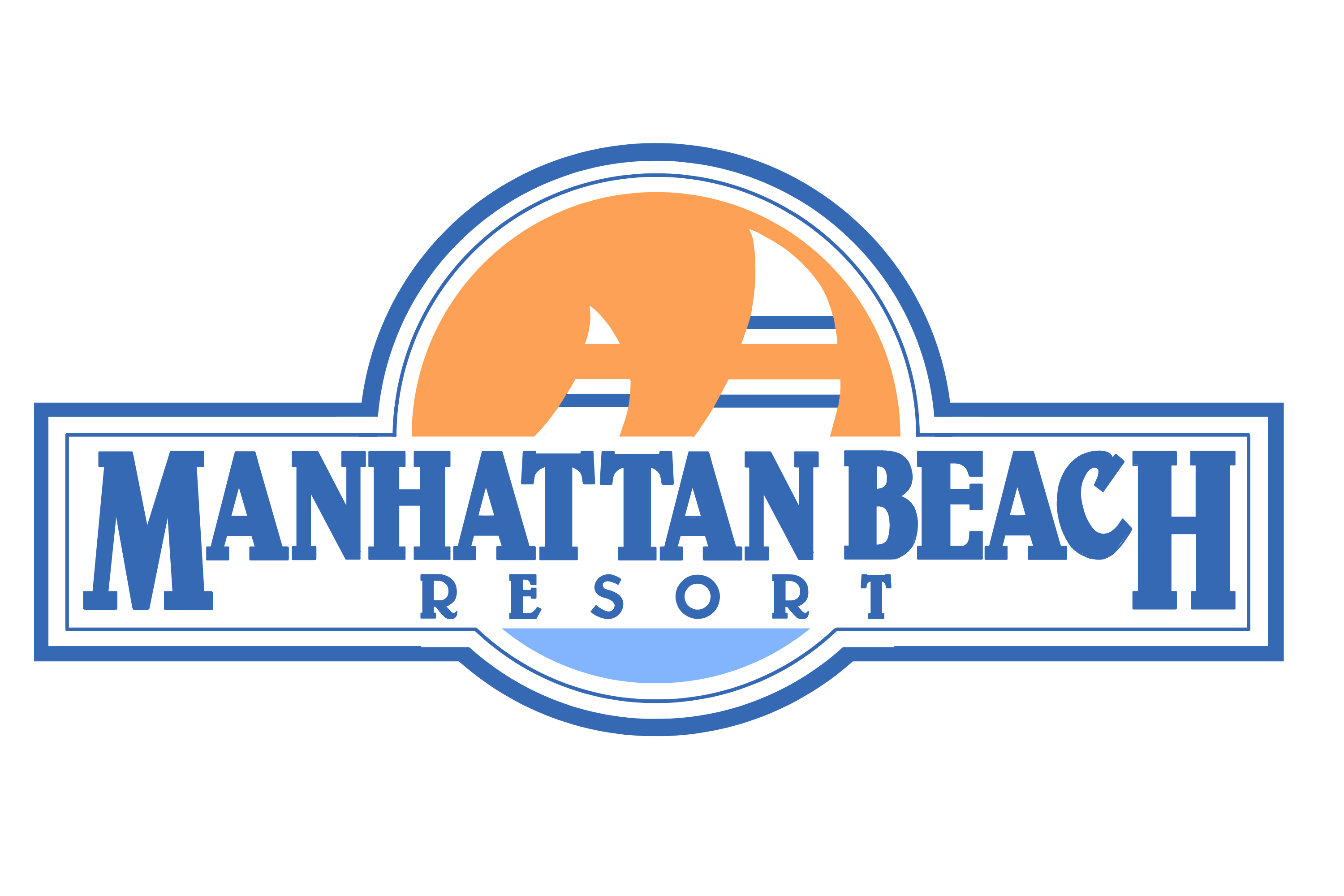Title
Title
Robert Mathieson (the First Settler of Manhattan Beach) and the Spirit Lake Massacre
July 1856 - March 1857
Title
David B. Lyons and the Manhattan Beach Company
January 11, 1892 - March 30, 1899
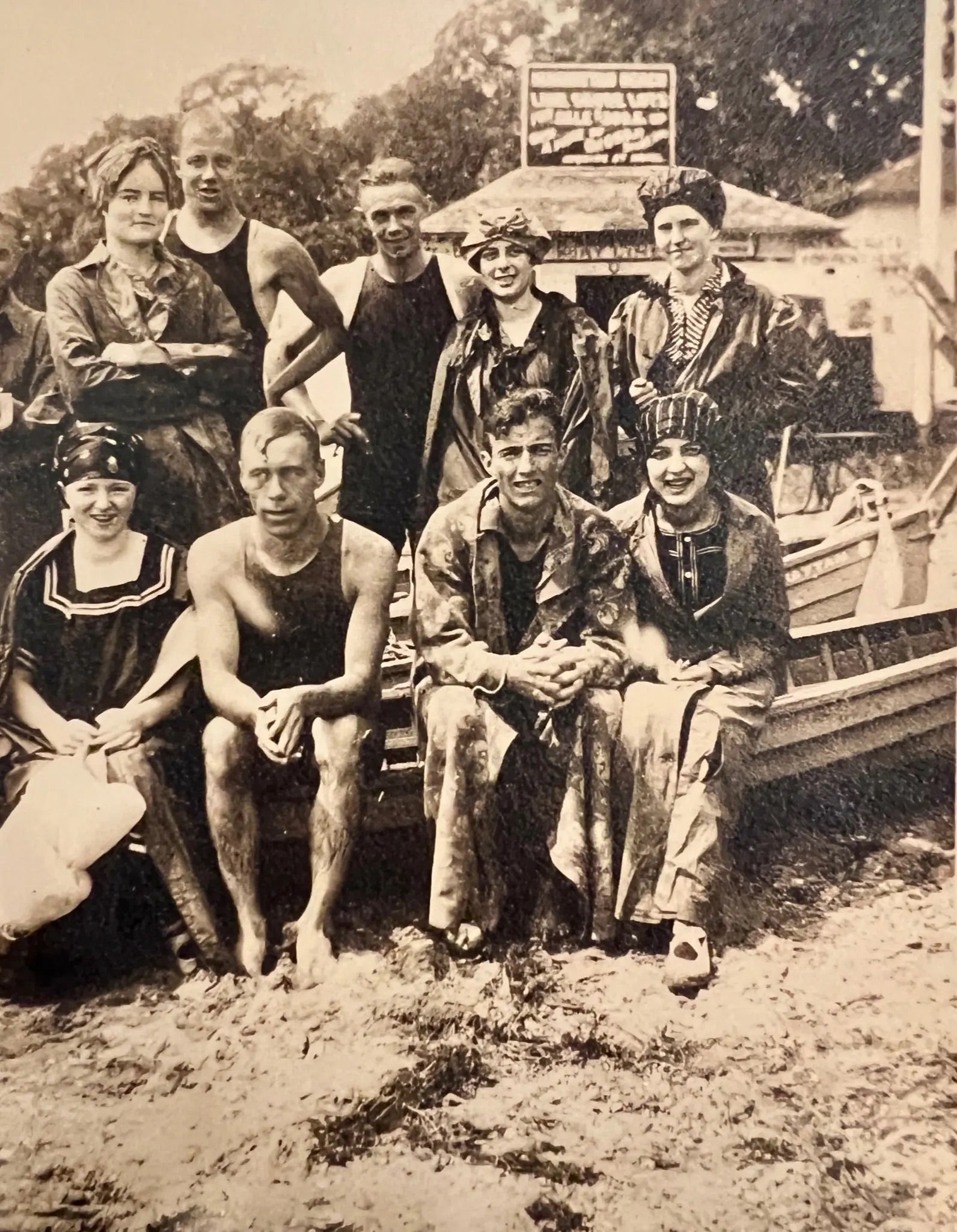
Title
Joseph I. Myerly Revitalizes the Manhattan Hotel
October 15, 1900 - August 24, 1911
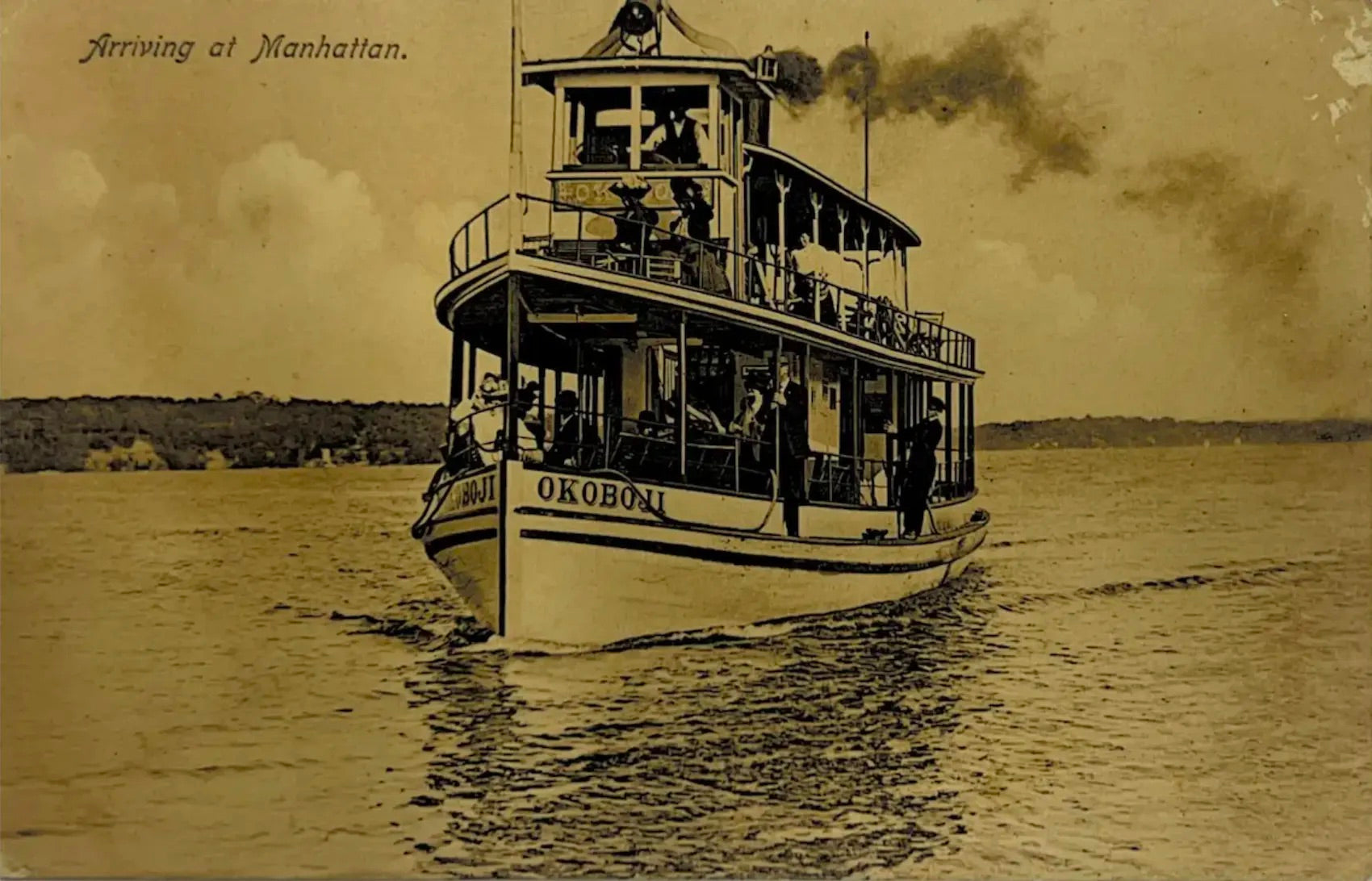
Title
Owners of the Manhattan Beach Hotel
August 24, 1911 - December 27, 1932
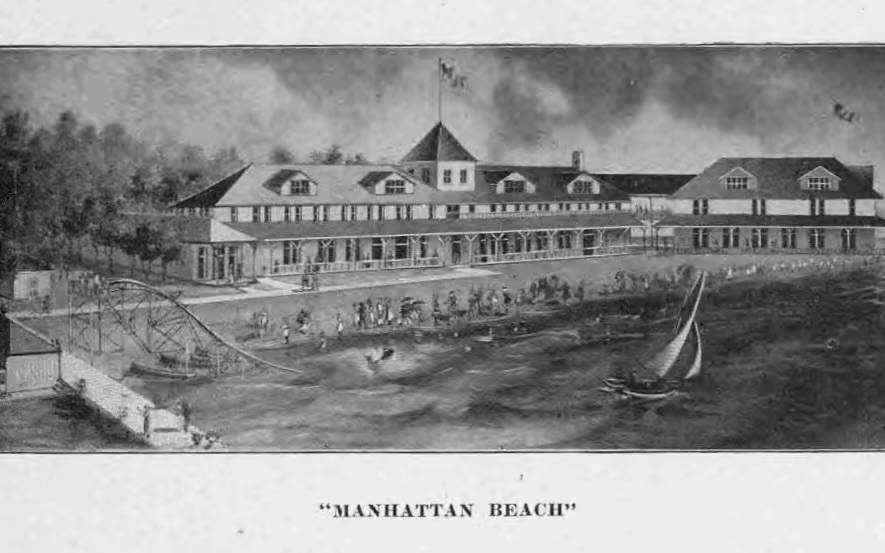
Title
Hobart A. Ross Rebuilds Manhattan Beach
December 27, 1932 - September 1, 1949
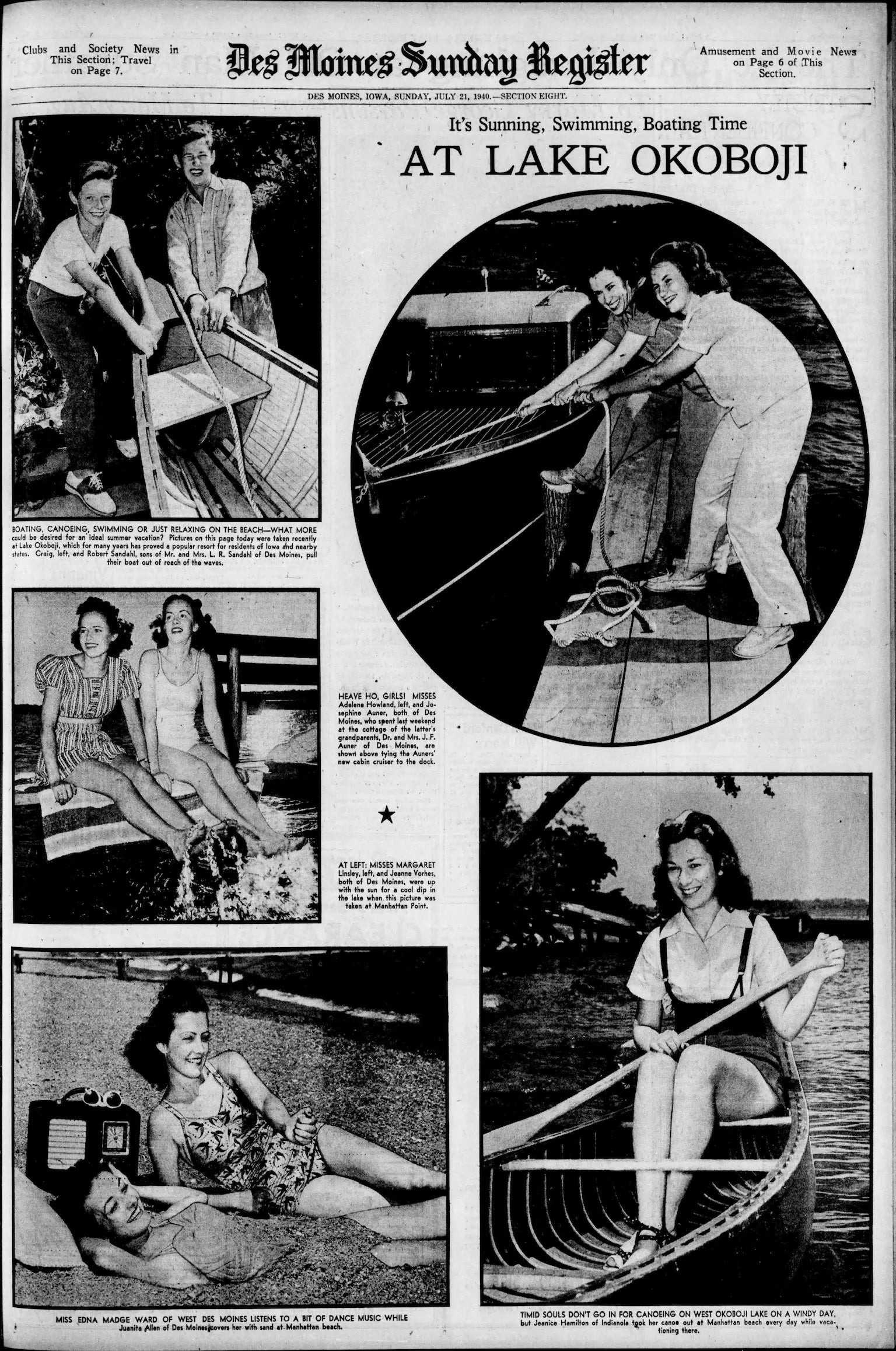
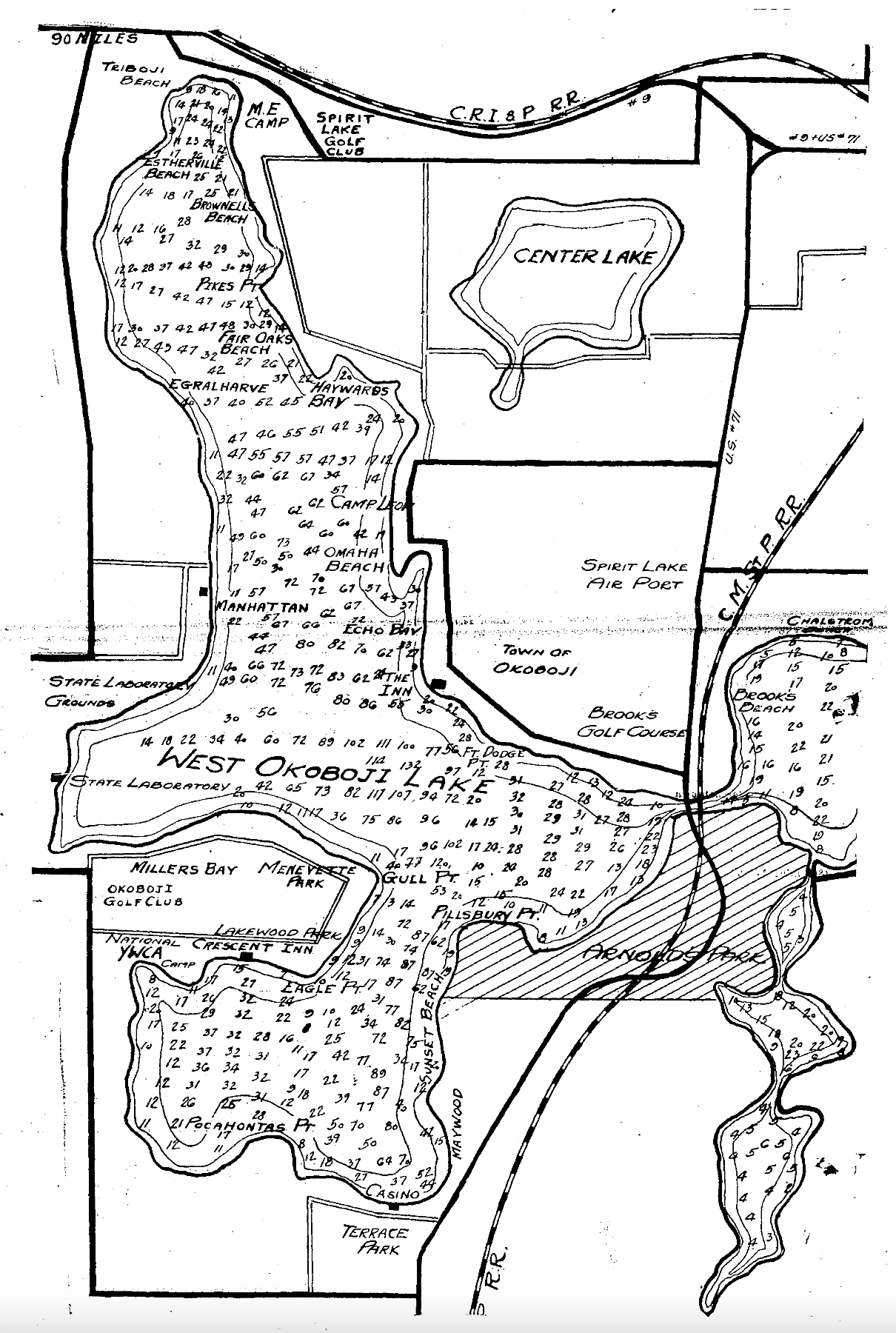
Title
Nic and Josephine Kamp Bring Family Fun to Manhattan
September 1, 1949 - March 15, 1957
Title
Chick and Lucile Evans Expand Manhattan Beach Resort
March 15, 1957 - May 5, 1975
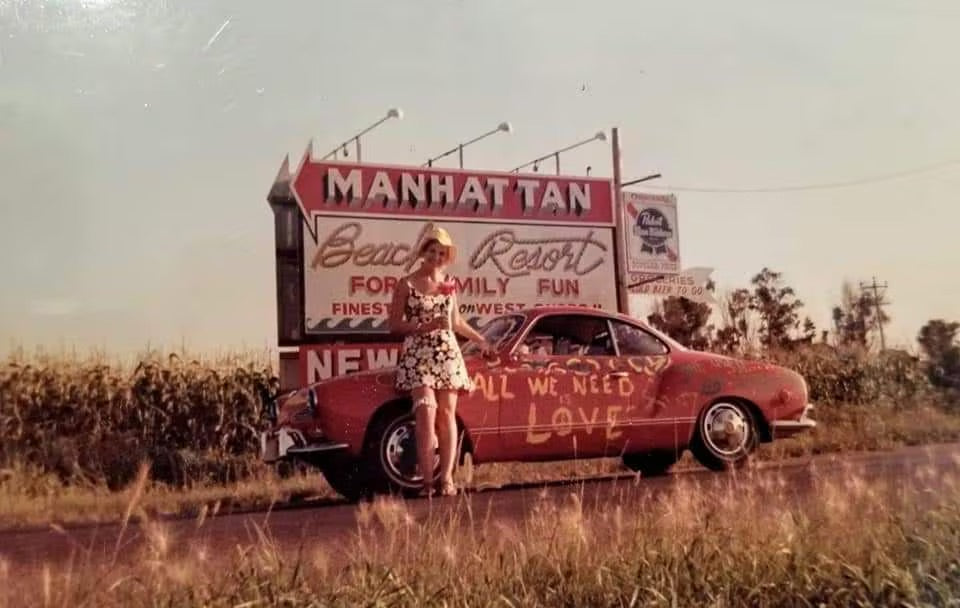
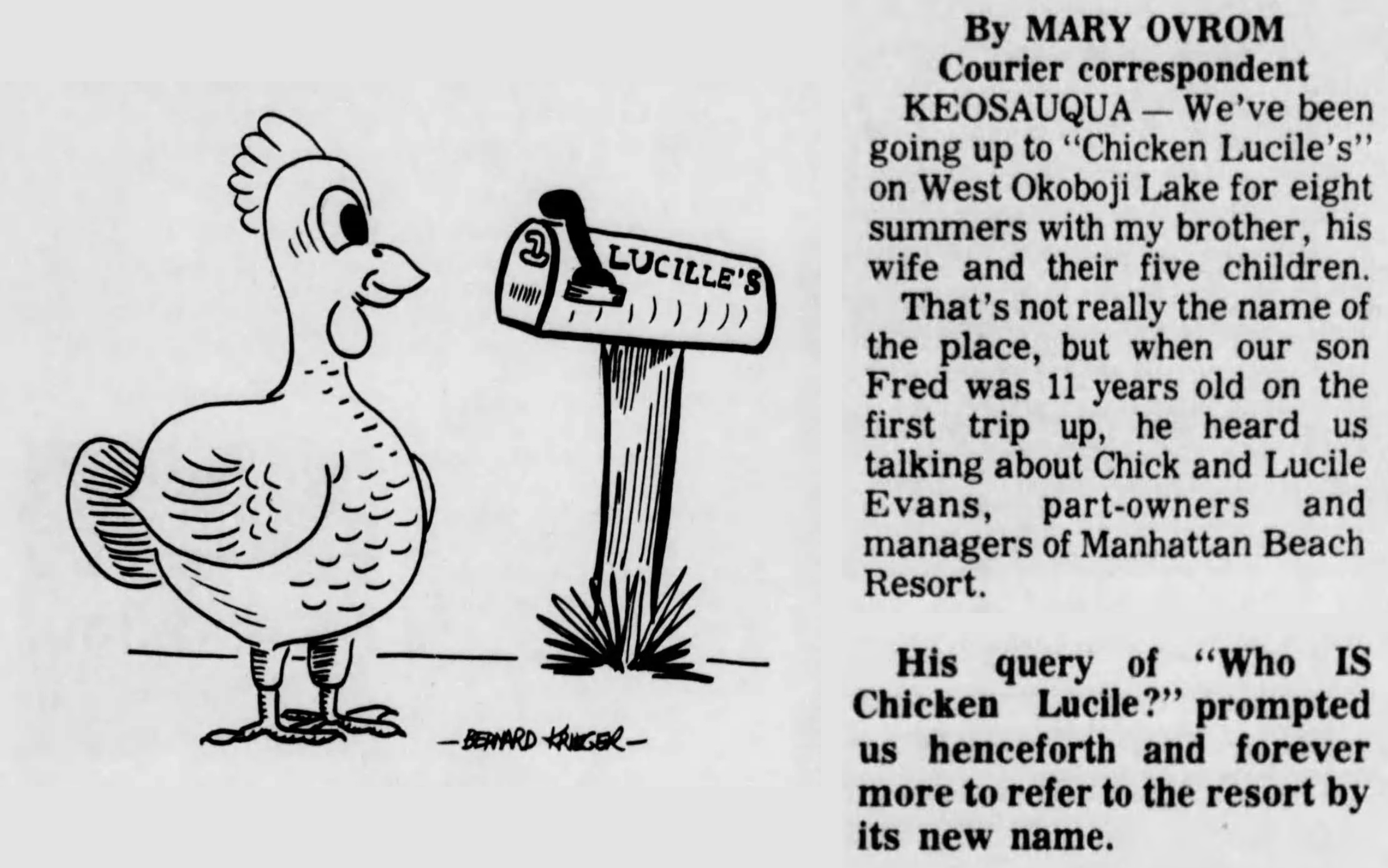




Title
Dick and Linda Fedora Sustain Manhattan Beach Resort
May 5, 1975 - July 14, 1984
Title
Chuck and Denise Long Preserve Manhattan Beach Resort
July 14, 1984 - Present
Title
Okoboji Flood 2024
June 17, 2024 - July 20, 2024
Title
Title
